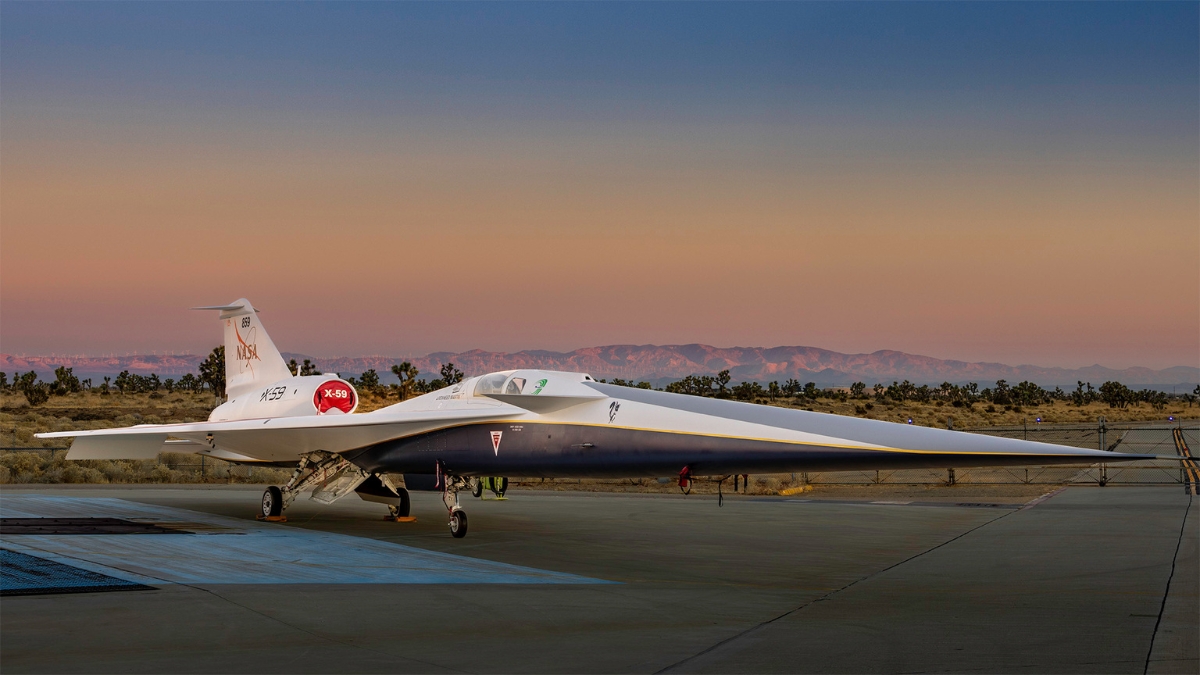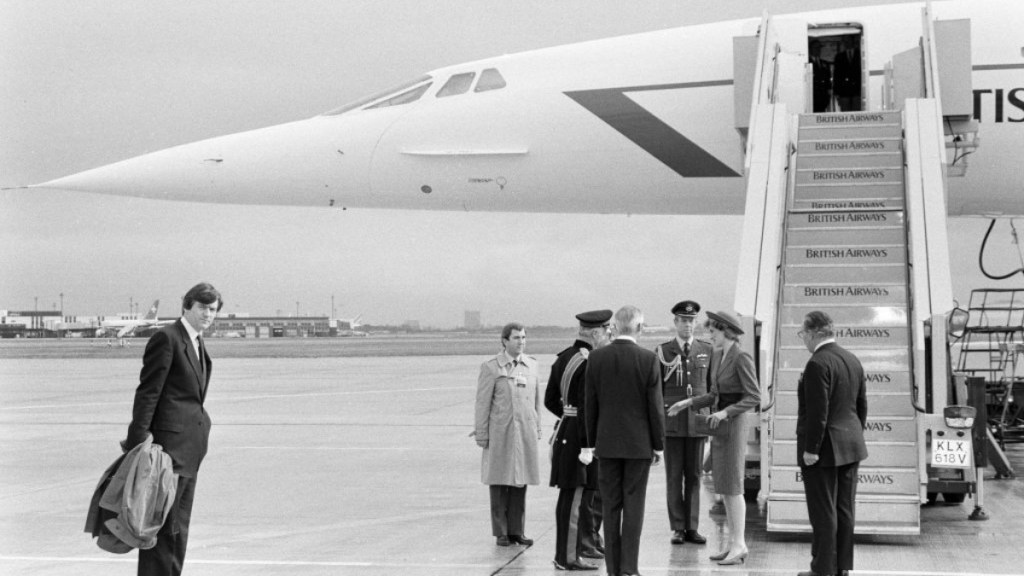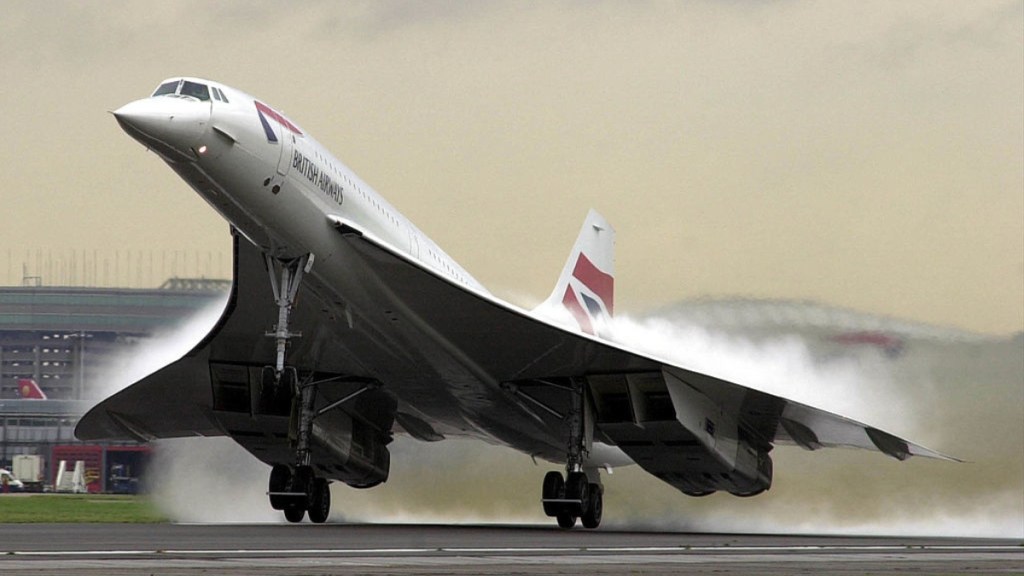New supersonic jets start test flights this year – but will they ever make it to Australia?


Long-haul flights are a fact of life for anyone travelling to and from Australia, but this may change sooner than expected, thanks to recently unveiled plans for a supersonic aircraft.
The X-59 – a collaboration between NASA and Lockheed Martin – was unveiled in California in mid-January.
It is expected to fly 1.4 times the speed of sound, or 1488km/h.
Of course, supersonic travel is nothing new.
Concorde, the world’s last supersonic passenger jet, was an icon of its time, carrying its first commercial passengers in 1976. It soon became synonymous with the high-profile business deals and A-list shenanigans that made the most of its short transit time – a little over three hours from London to New York.

Princess Diana preparies to board a Concorde from Heathrow to Vienna in April 1986. Photo: Mirrorpix
Unsurprisingly, Concorde was costly to operate. There was also the problem of the deafening sonic boom that occurs when an aircraft breaks the sound barrier.
The situation was already complicated, but when an Air France Concorde crashed in July 2000 outside Paris, killing 113 people, its demise was fairly swift.
Ultimately, Concorde was retired in 2003, and there have been no supersonic passenger flights since then, but the aviation world never lost interest.
Finding a way to cut down on the noise has been a key part of the project by NASA and Lockheed Martin – and all the signs are positive.
The X-59’s top-mounted engine, and narrow nose (which makes up almost a third of its length), are designed to break up the shock waves that would usually result in a sonic boom. Instead, they’re talking of a “sonic thump”.
What that actually sounds like will be assessed when the aircraft takes its first test flights in the US, later this year. These will be closely monitored to collect data on the sound levels, as well as how people perceive it.
“By demonstrating the possibility of quiet commercial supersonic travel over land, we seek to open new commercial markets for US companies and benefit travellers around the world,” said Bob Pearce, associate administrator for aeronautics research at NASA Headquarters in Washington.
NASA isn’t the only organisation attempting to breathe life into supersonic travel. Another US player – Boom Supersonic – will test its demonstrator jet early this year, though the model designed to carry passengers, which they’re called Overture, isn’t forecast to be tested until 2026. When complete, Overture is expected to fly at speeds up 2092km/h – twice as fast as today’s passenger planes.
All of which begs the question, if supersonic planes do indeed progress to the commercial stage, will they make it to Australia? Concorde never operated scheduled flights here, though a series of visits were made for test and demonstration purposes, and at one point Qantas had four on order.

Concorde’s distinctive shape. Photo: BWP Media
Concorde’s first arrival into Sydney in June 1972 was watched by a crowd of 20,000, including hundreds of protesters.
Now, as then, there are those for and against supersonic flights. While there’s clearly a benefit to speedier flights, the naysayers list safety, sustainability and noise among their issues.
Meanwhile, will the average Bruce and Sheila ever be able to afford a ticket?